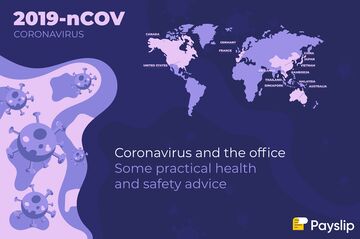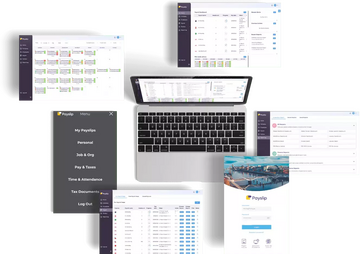Covid-19 continues to spread and is dominating news headlines around the world. This raises important questions around safety in the workplace along with the best course of practical action employers can take in response.
Many companies are taking action and preventative measures, including some big names like Microsoft, who have taken the decision to withdraw from GDC 2020. Thousands of cases have been reported in China but as yet, there are only 22 confirmed cases in the United States, and these are limited to 7 states, according to the Center for Disease Control and Prevention (CDC).
The spread is unpredictable, and it is difficult to know whether it will take hold firmly in the United States and across Europe. What is clear is that multinational employers everywhere should have a plan in place to respond effectively when it comes to limiting the spread of the virus. Employers have a duty of care to provide a safe work environment and consider the needs of their staff. Health and safety legislation means that they have a legal obligation to ensure employees are not placed in any situation where their physical health could be compromised.
Employers need to find happy medium between practical, sensible actions and unnecessary over-reactions that could prove costly and damaging to their business. Calm, level-headed thinking and actions based on statistical evidence and data-driven information from trustworthy health sources will result in practical measures that can benefit all.
Here are some practical tips you can consider putting in place in your organization:
- Cease all business travel to China and limit unnecessary business flights to densely populated cities
- Introduce flexible working hours which may allow people to travel to the office outside of peak hours - thus exposing them to a lower volume of people on public transport
- Introduce a temporary work from home policy for specific employee cohorts and allow people capable of delivering work from laptops or mobile devices to stay at home
- Look at available remote working tools such as Microsoft Teams or GoToMeeting & Slack. These tools allow for employee collaboration without the need for travel or face to face meetings.
- Enable any remote working functionality that exists on internal technologies- Payslip clients have accelerated new country rollout to ensure all countries are on-system for central governance and local country control.
- Use internal communication resources to ensure employees are kept up to date on the virus and how the company aims to respond to it
- Encourage self- isolation for any employee who has traveled to an affected region or has concerns that they may have been exposed to the virus in other ways.
- Make face masks or hand sanitizers readily available in the office
- Review all documented business continuity and emergency procedures in case they are needed. Ensure staff contact numbers and emergency contact details are up to date
- Share relevant information published by local or national Health authorities on the virus including any practical steps they can take in their homes to safeguard their health.
- Communicate with your employees with relevant information and links to in-country health, foreign affairs and disease prevention authorities.
In addition, For each employee to take individual responsibility, the following are recommended from WHO:
- Frequently clean hands by using soap and water or alcohol-based hand rub.
- If you are sick (e.g. flu, cold), it is recommended to stay home.
- When coughing and sneezing, cover mouth and nose with flexed elbow or tissue – throw tissue away immediately and wash hands.
- Avoid close contact with people who are unwell or showing symptoms of illness.
- If you have fever, cough, and difficulty breathing, seek medical care early and share previous travel history with your health care provider.
Use masks only if you have a suspected COVID-19 infection with mild symptoms or are caring for someone with a suspected COVID-19 infection.
It is important to maintain regular communication with your employees as they are likely to have some questions around their legal rights as well as how current sick leave policies are to be viewed against the backdrop of an unexpected international health concern. Be prepared for situations where some employees refuse to attend work due to fear of infection despite the office being open- you cannot control how each individual will react and a measured approach is needed in such circumstances.
It may also be prudent to ensure someone is regularly checking the Department of Health for the most up-to-date information and advice.
Useful links include:
Useful world organisation links:
World Health Organisation: https://www.who.int/emergencies/diseases/novel-coronavirus-2019
European Centre for Disease Prevention & Control: https://www.ecdc.europa.eu/en/novel-coronavirus-china
USA
Department of Health & Environmental Control: https://scdhec.gov/health/infectious-diseases/viruses/coronavirus-disease-2019-covid-19
California Department of Public Health: https://www.cdph.ca.gov/Programs/CID/DCDC/Pages/Immunization/ncov2019.aspx
Ireland
https://www.gov.ie/en/campaigns/c36c85-covid-19-coronavirus/
Health Protection Service: https://www.hpsc.ie/a-z/respiratory/coronavirus/novelcoronavirus/
Department of Foreign Affairs: https://www.dfa.ie/travel/travel-advice/coronavirus/
UK
https://www.health-ni.gov.uk/coronavirus
https://www.england.nhs.uk/ourwork/eprr/coronavirus/
France
Italy
http://www.italia.it/en/useful-info/italy-a-safe-country-covid-19.html




